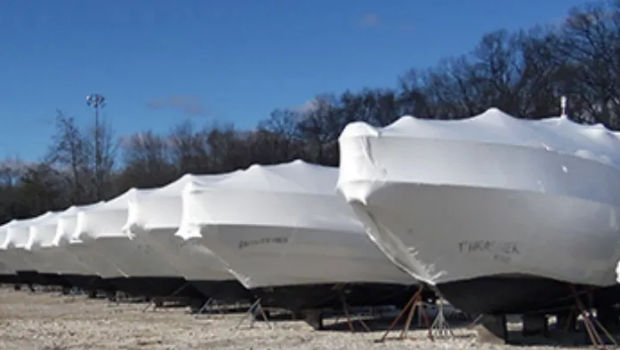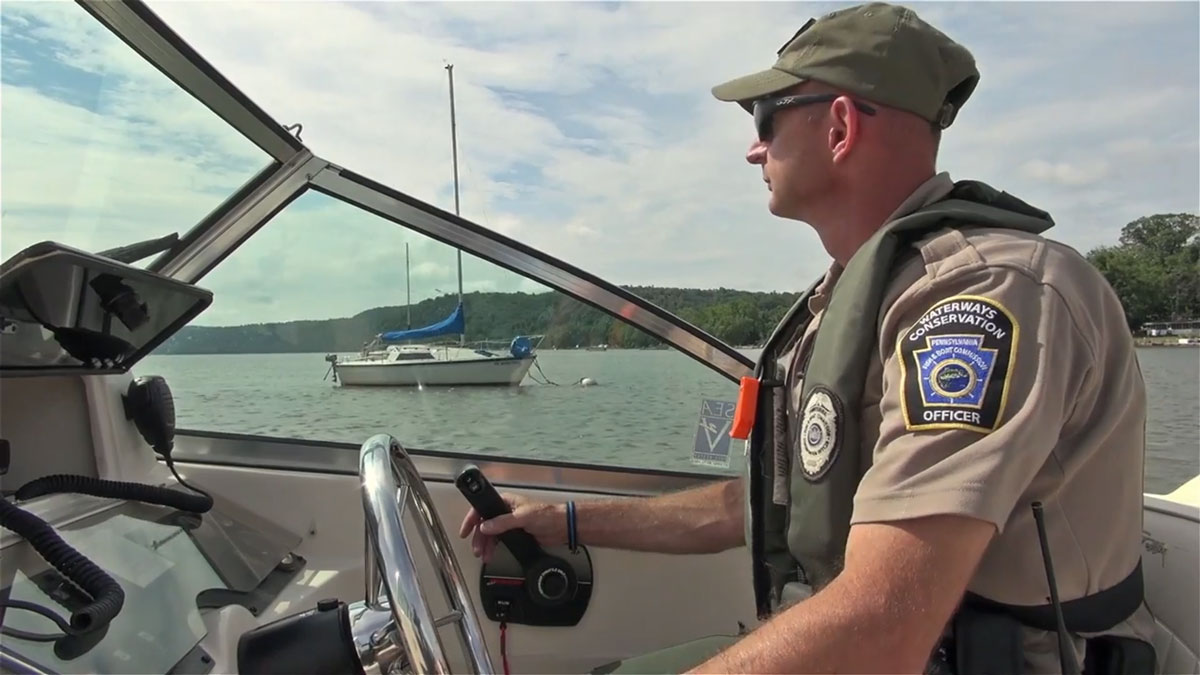If you are anything like me, you can’t wait to fire up your outboard and get out on the water this year. Last year was tough with COVID-19 and the lock-downs. In fact, boating became extremely popular last Spring; it felt like finding boat supplies and parts was almost impossible given the sudden surge of new boaters and watercraft.
The National Marine Manufacturers Association (NMMA) reports that total new U.S. recreational boat sales in May 2020 were the highest in a single month since 2007, with increases across all segments — personal watercraft, fishing boats, and jet boats, which combined account for 41% of total new-boat sales.
Whether you are new to the boat game or a life long owner, you are likely excited to get your boat ready for boating adventures with the family and getting out fishing. Weather is warming up, sun is shining more, and the snow is finally melting. It’s time to get back on the water and cruising after looking at your empty driveway all winter. This guide will walk you through the important steps to get you on the water.
1. Remove the Tarp
Before you do anything, you need to get the tarp or covering off your boat. Hopefully, before you put your boat away for winter you covered it up. Us new boat owners probably used a professional marina to shrink wrap our baby, while many others might just throw their canvas cover on it and keep the boat in the garage all winter.

2. Be Nice to the Outboard – Change the Oil!
Although you may not know how to de-winterize a boat, any boating expert knows that the first thing you must check on a boat after it has been in storage for a long time is the outboard. This includes an oil change and inspecting the motor so that it is ready for you to start the engine. Some of this might have been done by the shop during winterization — in which case, great, you are one step closer to turning the key. If you do need to change the oil, don’t forget to change the oil filter! Be sure to also add the correct oil additive so that your engine is corrosion free and clean. Speaking of oil, be sure to also change the lower unit oil if you didn’t do so during winterization!

3. Check Water Pumps and Thermostats
For the new boat owners out there, you can likely skip this step. For everyone else: About every 200 hours, the water pump on the lower unit impeller should be replaced. This part (made of rubber) is what keeps water flowing to keep your engine nice and cool. So, if it is ready to be replaced then it should be. The thermostat plays an important part too. It regulates the water temperature and if it is not working correctly, you may find that your engine can become too hot or too cold. Like the water pump, make sure to replace this once it reaches 200 hours of use.

4. Visual Inspection of Cables & Hoses
Cables and hoses will inevitably endure some wear and tear as the years go on. This is especially so if they are made of rubber, as this material breaks down in cold temperatures and sunlight (another reason to keep that boat covered during the winter). When going about how to de-winterize a boat, check all of the cables and hoses on it. Make sure they are tight and secure. Give them a good tug and make sure.
5. Reconnect and Charge the Batteries
The battery check is likely the most important part. Without power, she ain’t gonna start. If you have old batteries that require water, topping off should be included as well. The best thing to use for this is distilled water to prevent any imperfections from entering the battery. Check the volts and amps of your battery with a battery tester. If the battery is not capable of holding a charge it most likely needs replacement. If it is working, clean any corrosion from the battery terminals before attaching it back to the cables. Keep those terminals clean!

6. Fuel, Fuel, and Fuel
Hopefully you topped your fuel tank off completely and added fuel stabilizer before winter storage. This helps to prevent moisture from forming inside it during the cooler months which can lead to rust. If you did put gas in your fuel tank but you didn’t add an additive to it to prevent fuel separation or water contamination, you will need to drain it out. This is because the gas has most likely gone stale. 3+ months is a long time for modern day fuel to sit and not be used…
7. Bilge Pump and Drain Plugs
There are a couple of bilge pump parts that need checking. This includes the pump, the automatic switch and the circuit. When water enters the bilge it hits the switch. Therefore, if the pump doesn’t turn on appropriately you may be in a spot of trouble. While we are at it, make sure you can find your drain plug where you last left it. In fact, order a few more and store some spares on the boat — you will thank me later.

8. Trailer Inspection
Along with knowing how to de-winterize a boat, there are many other things that can happen to your boat’s trailer over the Winter months too. Brackets can corrode, brakes can seize, bearings can blow, and springs can rust. Walk around the trailer and do a visual inspection. If you can, jack the trailer up and give the wheels a spin to listen for any unpleasant sounds coming from the hub or wheel bearings. Lastly — give those bearings a good grease. Many new trailers come with easy-to-use fittings like the Bearing Buddy. Make sure you are using Marine grade grease!
9. Safety Check
This last step is perhaps the most important and could potentially save a life. You need to make sure all of your safety equipment is not expired, damaged, and that it is ready for a potential emergency situation. Easy to access. This includes reading expiration dates for fire extinguishers, testing lights on deck, checking signaling equipment like horns and flares as well as checking you have the right amount of flotation devices on board. You should also check to make sure all of your electronics are working during this step. They could help guide you home if you ever get turned around or lost on the Lake.
Review the U.S. Coast Guard Required Equipment for Recreational Vessels
https://www.westmarine.com/WestAdvisor/DIY-Safety-Equipment

